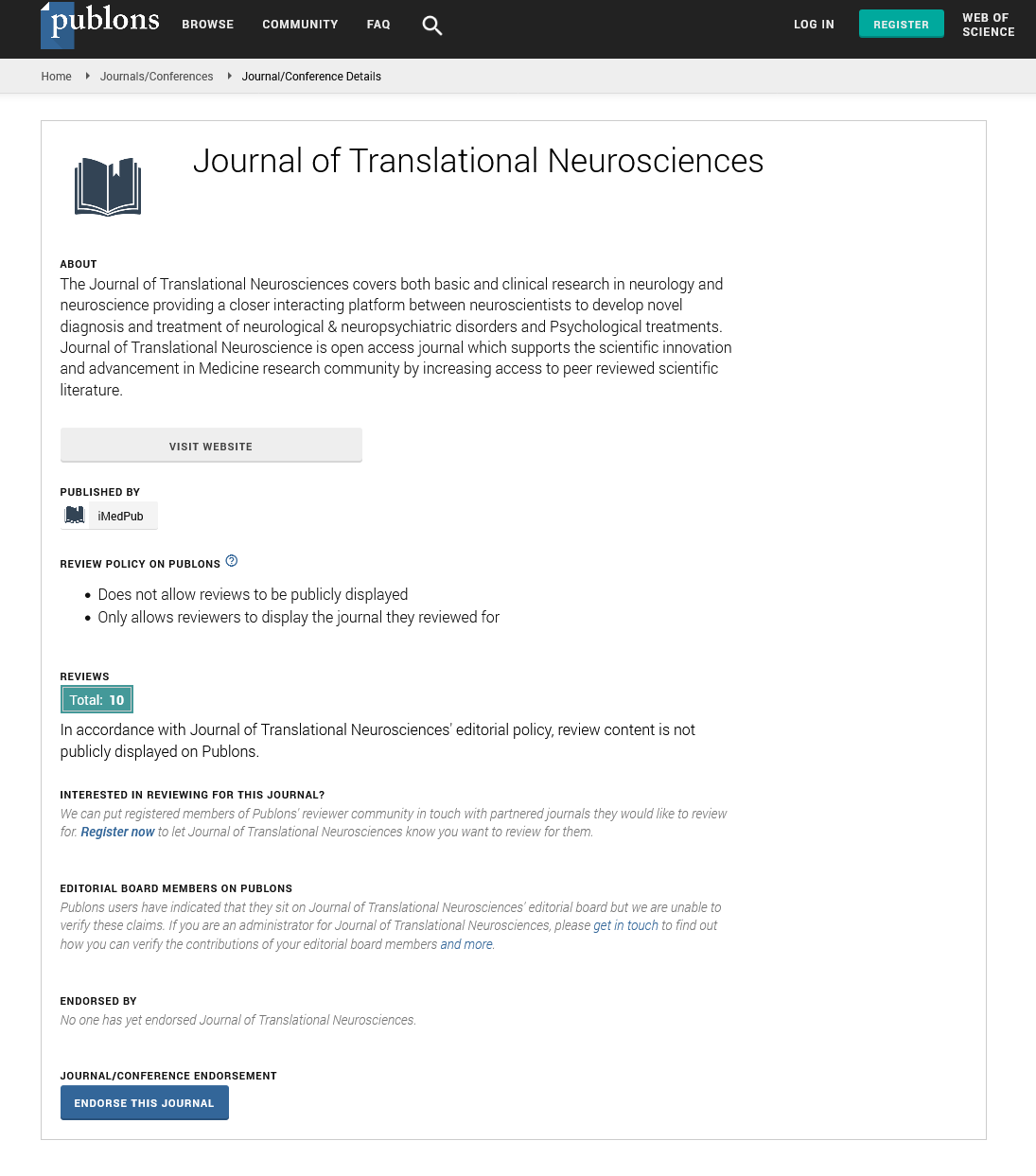Abstract
Stem Cells Therapy: A Promising Cure for Parkinson's Disease or Not? A Review
Parkinson's disease is the most common movement disorder and most common degenerative illness of the CNS. Parkinson's Disease (PD) is the most common movement disorder and the second most common degenerative illness of the central nervous system. A decrease in the concentration of dopaminergic neurons in the pars compacta region decreases the ability to move the body. Another major key risk for PD progression is age. The first PD treatment began in 1960 when it was found that patients lacked neuronal dopamine. Mitotic cell division enables cells to divide and differentiate into a wide range of specialized cell types. Parkin trafficking to mitochondria is impaired by PINK1 mutations. Following transplantation of human iPSC-derived NPCs in a monkey model, DA neurons have been demonstrated to develop. Like other adult stem cells, MSCs are capable of self-renewal despite being multipotent and capable of differentiating into osteocytes and astrocytes. BMSCs might be utilized to produce dopamine neurons selectively. Induction is achieved by lipofection of a plasmid expressing a Notch1 Intracellular Domain (NICD) and G418 screening, followed by feeding a specific combination of trophic chemicals and cytokines. NSCs were described as granule cells with a high proportion of cell proliferation in the cerebral cortex, subventricular zone and hippocampal area that may readily develop into astrocytes, oligodendrocytes and neurons.
Author(s): Ravikant* and Sneha GuptA
Abstract | Full-Text | PDF
Share this

Google scholar citation report
Citations : 46
Journal of Translational Neurosciences received 46 citations as per google scholar report
Journal of Translational Neurosciences peer review process verified at publons
Abstracted/Indexed in
- Google Scholar
- JournalTOCs
- China National Knowledge Infrastructure (CNKI)
- Publons
- Secret Search Engine Labs
- Euro Pub
Open Access Journals
- Aquaculture & Veterinary Science
- Chemistry & Chemical Sciences
- Clinical Sciences
- Engineering
- General Science
- Genetics & Molecular Biology
- Health Care & Nursing
- Immunology & Microbiology
- Materials Science
- Mathematics & Physics
- Medical Sciences
- Neurology & Psychiatry
- Oncology & Cancer Science
- Pharmaceutical Sciences


